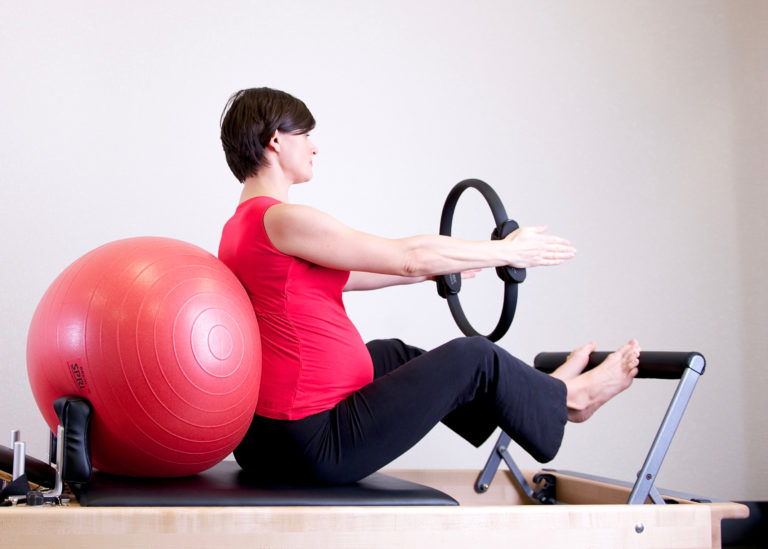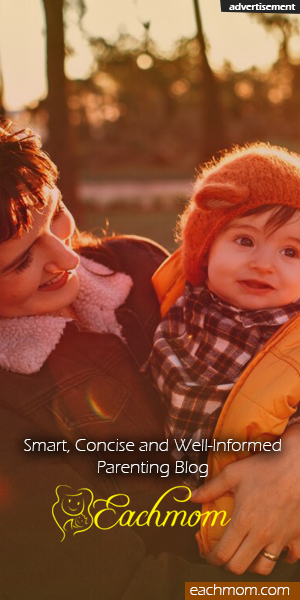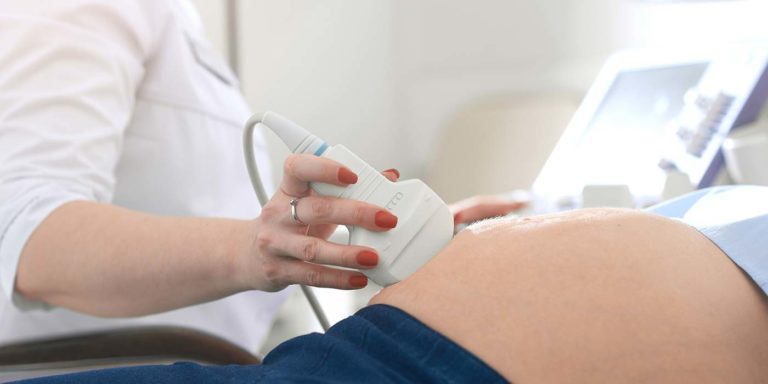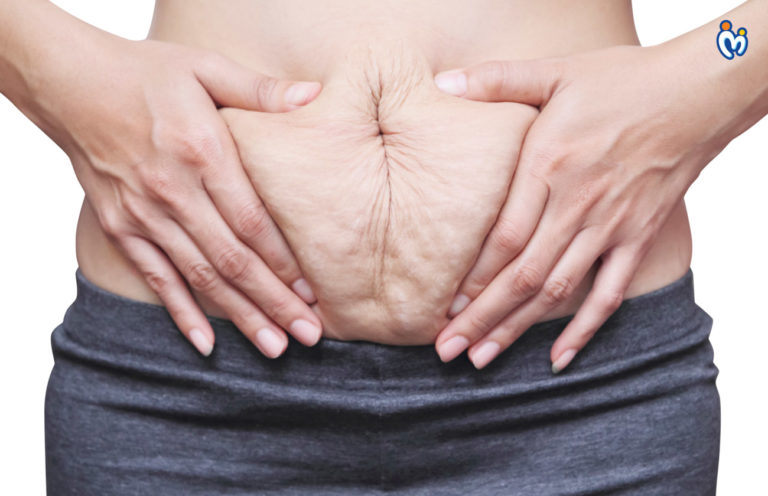Cerebral palsy is one type of physical disability which is the result of damage to a baby’s brain during, before, or immediately after birth. As new parents, the most upsetting thing is learning that your child has a lifelong health problem. This article intends to give you the necessary information regarding cerebral palsy.
What is cerebral palsy?
Cerebral palsy is basically a physical disorder, a lifelong health condition that can affect the smooth course of life in many ways. It includes various disorders affecting the body movements of a child, reflexes, posture, communication ability, and balance.
In some people, cerebral palsy is so mild that we will not even notice it. There are also cases in which the person has difficulty even walking. There is no cure for cerebral palsy, but there are treatments available for making the lives of these people as less difficult as possible.
Causes of cerebral palsy:
Cerebral palsy is the outcome of injury or damage to the brain of the baby before or after birth. In many cases, parents fail to figure out how their child developed this condition. It is not one single condition having just one cause. Cerebral palsy is an umbrella term that covers several conditions having varied causes.
Experts are of the opinion that sometimes a chain of different events combine together and attack the baby’s developing brain, instead of one major cause. Some of the risk factors are:
- Low weight during birth
- Premature birth
- Viral infections such as rubella in the expecting mother
- Critical jaundice post-birth
- Lack of proper supply of nutrients and oxygen to the baby in the mother’s womb
- Bacterial infections to the baby or the mother before birth
- When the blood type of the fetus is incompatible with its mother
- Stroke
- Brain injuries
- Genetic factors
Early signs of cerebral palsy in a baby:
Cerebral palsy is not something you can diagnose during pregnancy. However, proper medical care during birth and pregnancy helps to lessen the chances of getting it.
The disorder might take time to reveal itself. Babies dealing with cerebral palsy often experience spasms and muscle stiffness. Most parents find out about it when they notice their child not meeting the development milestones as is desired in their age. So, look out for these signs:
- Difficulty swallowing food
- Difficulty to sit up
- Relying mostly on one side of the body
Caring for a baby with cerebral palsy:
There is a wide range of interventions and treatments to help people suffering from cerebral palsy. Some people need a lot of help while some require little of it. These are the possible options for treatment:
- physiotherapy
- behavioral therapy
- medication
- surgery
- speech therapy
- occupational therapy
- special education
- occupational therapy
How to prevent it?
The best you can do to prevent your child from getting cerebral palsy is to remain careful. Do not engage in risky activities that might injure the baby’s brain.














